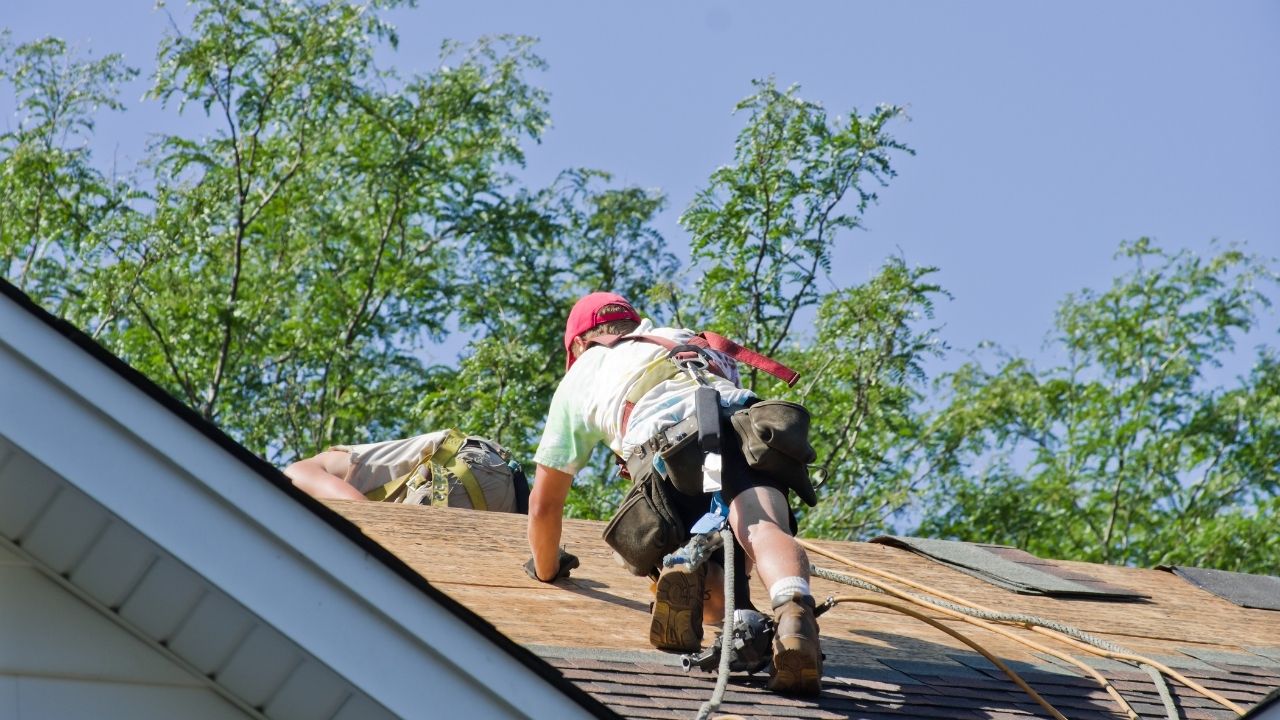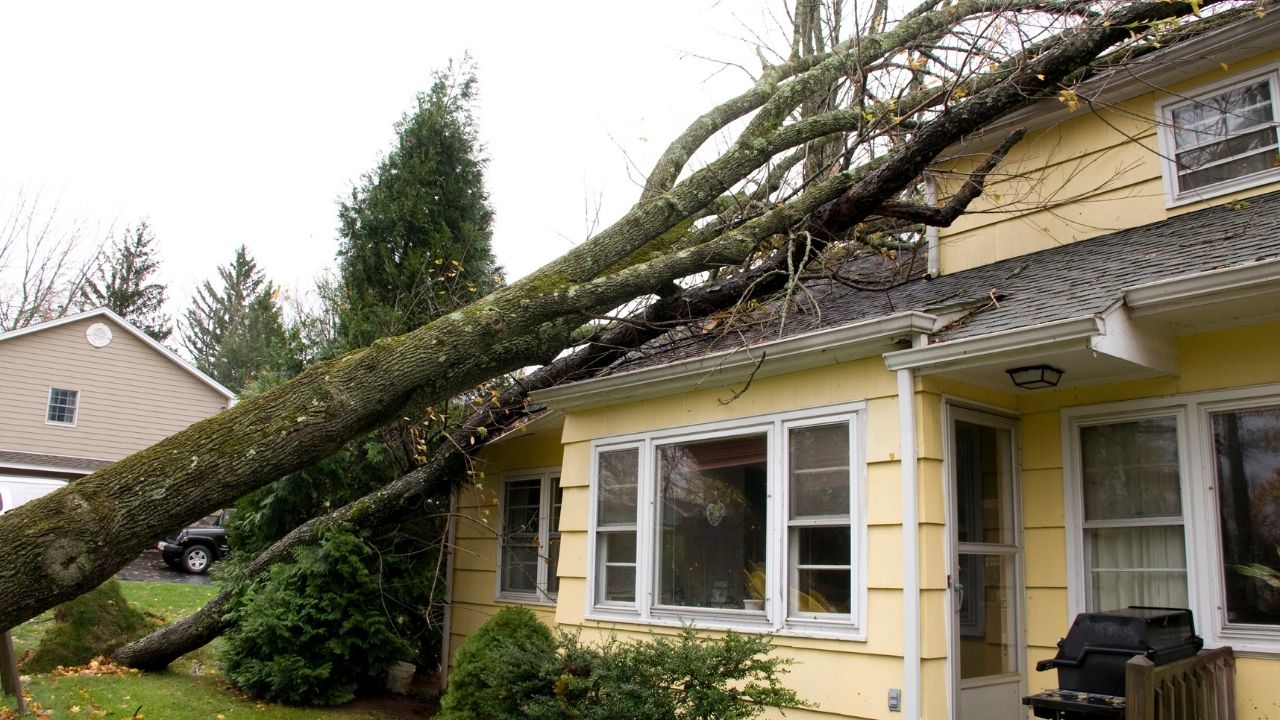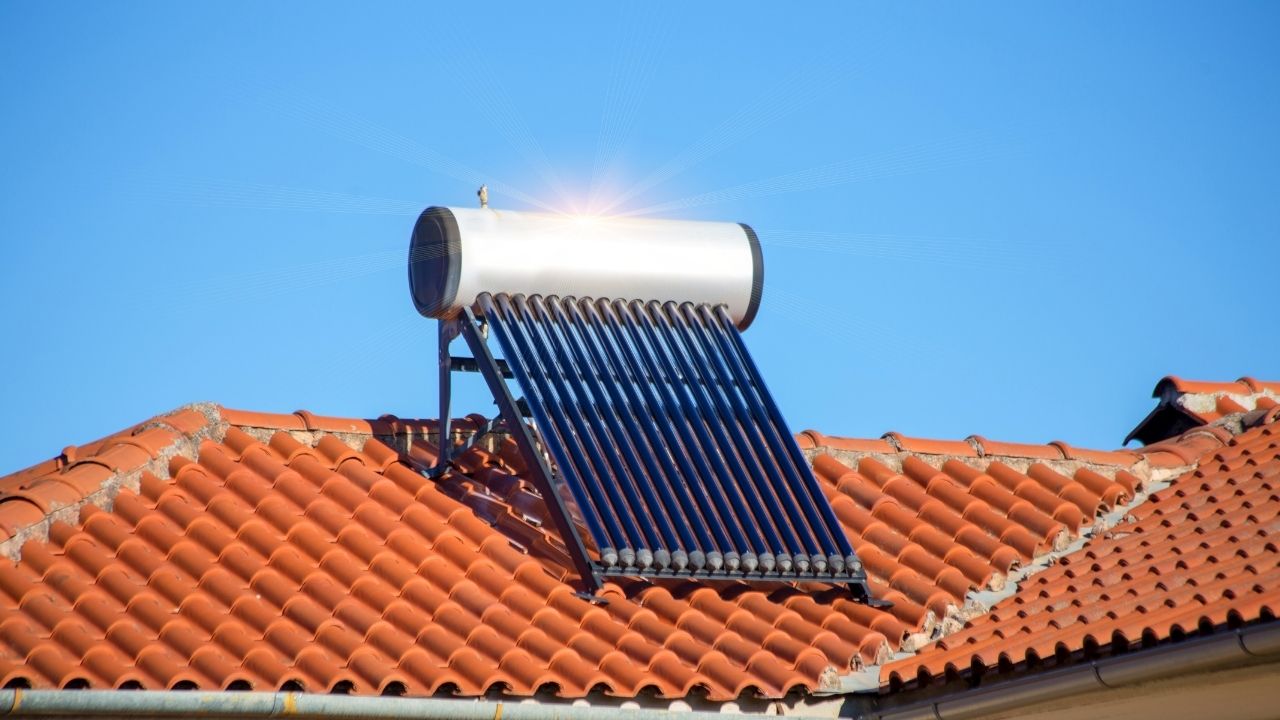
A roof's slope indicates how steep it is. A steep slope generally has a slope that is more than one-third of the way down, but it can also be as steep as three-quarters. A typical steep-sloped roof will have an average pitch of nine inches or more. This may mean that it will require additional fasteners and other materials. Learn more about roof slopes. These are just a few.
The International Residential Code has requirements regarding the types and styles of roofing materials. These guidelines provide minimum requirements for roofing slopes for different types. Below, you'll find the minimum slopes for each type. This table was derived from the International Building Code. This code is used in nearly every US building code. Learn more about different roofing systems in our article on determining slopes.

Your roof's slope should be no less than 2:12 to achieve the best aesthetic appeal. You can increase or decrease the slope of your roof as needed, depending on your climate. The steeper your pitch, the lower the angle. A four-inch roof requires a minimum roof slope between two and one-half inch. For proper insulation, a 6-inch-sloped house will need a steeper pitch.
Low pitch roofs are best for residential buildings. They are easy to install, and they provide excellent protection from UV rays. They are more likely to leak, and will need to be checked regularly. A roof can also be repaired if it slopes too steeply. Medium-sloped roofs work best for residential houses. There are two kinds of flat-sloped roofs: low-sloped and high-sloped.
There are two basic types: high pitch and low-slope roofs. Because it sheds water and snow more efficiently, the latter is better for your home. While a low-slope roof will allow your home to breathe better, a steep-pitch roof is unsuitable for a covered porch. For the rest of your roof, you will need a higher pitch roof.

Low-pitch roofs can also leak, as can high-pitched roofs. These can be caused by temperature changes, sun exposure, and gradual sagging. It is vital to inspect low-pitch and high-pitch roofs at least once a year. The drainage system should be checked as well. Your roofing drainage system should be inspected annually.
The slope of the roof will affect what type you choose. A steeper slope will require a more steeply pitched roof. This roof will be more efficient but also more expensive. Installing a lower-pitch roof system is better for low-sloped roofs. There are many options available if you want to install a steep-sloped roof made of metal.
FAQ
Do you prefer to do walls or floors first?
The best way for any project to get started is to decide what you want. It is essential to consider how the space will be used, who will use it, and why. This will help determine if flooring or wall coverings are best.
You can choose to put flooring in the first place if you decide to open up your kitchen/living space. Wall coverings are an option if you prefer to keep this space private.
Can I rent a dumpster?
You can rent a dumpster for debris removal after your home renovation. Renting a dumpster is a great way to keep your yard free from trash and debris.
Are there permits needed to renovate my house
Yes, you will need permits before starting any home improvement project. In most cases, you will need both a plumbing and building permit. A zoning permit may be required depending on what type of construction you are doing.
Statistics
- The average fixed rate for a home-equity loan was recently 5.27%, and the average variable rate for a HELOC was 5.49%, according to Bankrate.com. (kiplinger.com)
- On jumbo loans of more than $636,150, you'll be able to borrow up to 80% of the home's completed value. (kiplinger.com)
- They'll usually lend up to 90% of your home's "as-completed" value, but no more than $424,100 in most locales or $636,150 in high-cost areas. (kiplinger.com)
- ‘The potential added value of a loft conversion, which could create an extra bedroom and ensuite, could be as much as 20 per cent and 15 per cent for a garage conversion.' (realhomes.com)
- Rather, allot 10% to 15% for a contingency fund to pay for unexpected construction issues. (kiplinger.com)
External Links
How To
Do you prefer renovating exterior or interior?
Which one should I do first?
There are many aspects to consider when choosing which project should be started. The most common factor when choosing a project is whether it is old or newly built. The condition of the roof, windows and doors, flooring, wiring, and other aspects are all important. The location, style, number of rooms and size of a new building are all important aspects.
The roof should be the first thing you look at if the building's age is a concern. If it looks like the roof could collapse any minute now, you may want to start on the renovation. If the roof is fine, then you can move onto the next step. Next, inspect the windows. If the windows are dirty or broken, you may need them to be replaced. Next, clean the doors and ensure that they are free of debris. Once everything is clean, you can then begin to put the floors together. You should ensure that the flooring does not crack or become unstable no matter how many times you walk on them. Now you can start to add the walls. Look at the walls and see if they are cracked or damaged. If the wall appears to be in good shape, you can continue to the next steps. After the walls have been inspected, it is time to inspect the ceiling. It is important to inspect the ceiling and ensure it is strong enough for any weight you may place on it. Then you can start your renovations if all goes well.
If your building was constructed recently, you might want to look at the exterior. The exterior of the home should be examined first. Is it maintained well? Is there any cracks? Does it look good? If it doesn't look good, you need to fix it. You don't want to let your home look bad. Next, make sure to check the foundation. If your foundation appears weak, you should fix it. Also, make sure to inspect the driveway. It should be level and smooth. It should be smooth and flat. If it isn’t, you need to fix it. The sidewalk should be checked as well when you inspect the driveway. If it's uneven, then you should probably replace it.
Once you have completed these inspections, you can now move on inside the house. Begin by inspecting the kitchen. Are you satisfied with the cleanliness and maintenance of your kitchen? If it is dirty or messy, you need to clean it up. Next, make sure to inspect the appliances. These appliances should be in top shape and functioning properly. If they aren’t, you need to either get new ones or fix them. Check the cabinets after this. If the cabinets are stained, or have been scratched, you can probably paint them. If they are in good shape, then you can move to the bathroom. You should inspect the toilet here. If it leaks then it's time to replace it. If the surface is just dirty, it should be washed. Next, check out all the fixtures. Make sure they are clean. If they are dirty, then you should definitely clean them. Finally, you should inspect the countertops. If they are chipped or cracked, then you should probably repaint them. You should seal them if they are shiny and smooth.
Last, check the furniture. Check that nothing is damaged or missing. If something is missing, then you should probably find it. If something is broken, then you should probably repair it. Once everything is checked, then you can move back outside and finish the job.